Cam Ranh Bay.
It takes a village
It was 3am in Cam Ranh Bay, Vietnam. The thick heat of October crept through the edges of my mosquito net. The moon waned through the window — shining a light above the chicken coop. The rooster on watch not yet awake.I tossed around the borrowed futon. Itching atop an old Korean mink blanket, flaunting the year of the Tiger. I was anxious to visit to the Fish Market -- the heartbeat of the town. A local family friend, Lâm met me outside as the crickets began to sing. And we were off on the moped to the seaside before sunrise.While the rest of the world slept in the dark, the fish market was stirring.The smell of salty sea and hints of coffee beans coated the air. The taste of my embarrassment escaped from my mouth as I tried to speak broken Vietnamese to the locals. I pushed through my discomfort with my camera as my armor.Some boats had been out for days for a decent catch. People fished with household baskets and noodle sieves. Women shouted the market price from their squat where people would weigh and cash in their catch. As the sun slowly crept up to wake up the rest of the world, this one seemed to slowly blink its eyes shut for a rest until tomorrow. in less than an hour, it was over. Almost as if I'd dreamed it. 

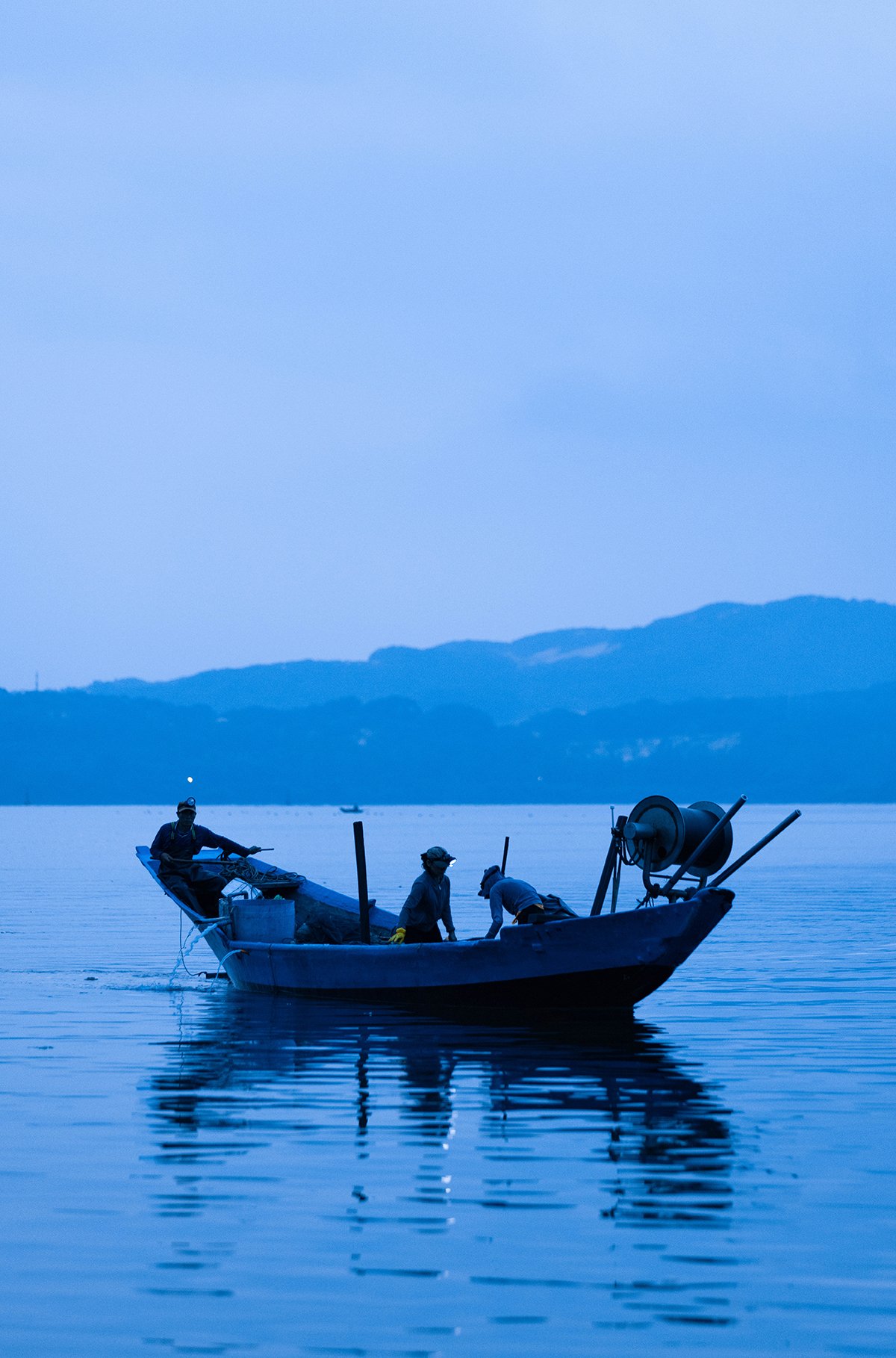
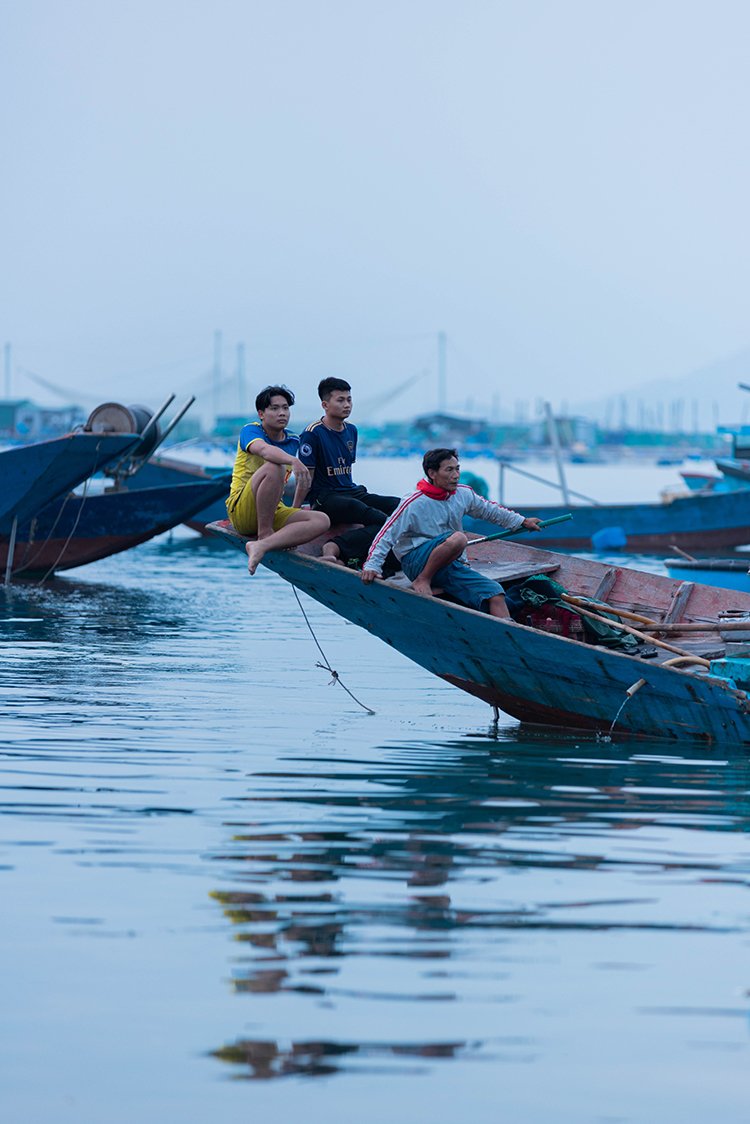
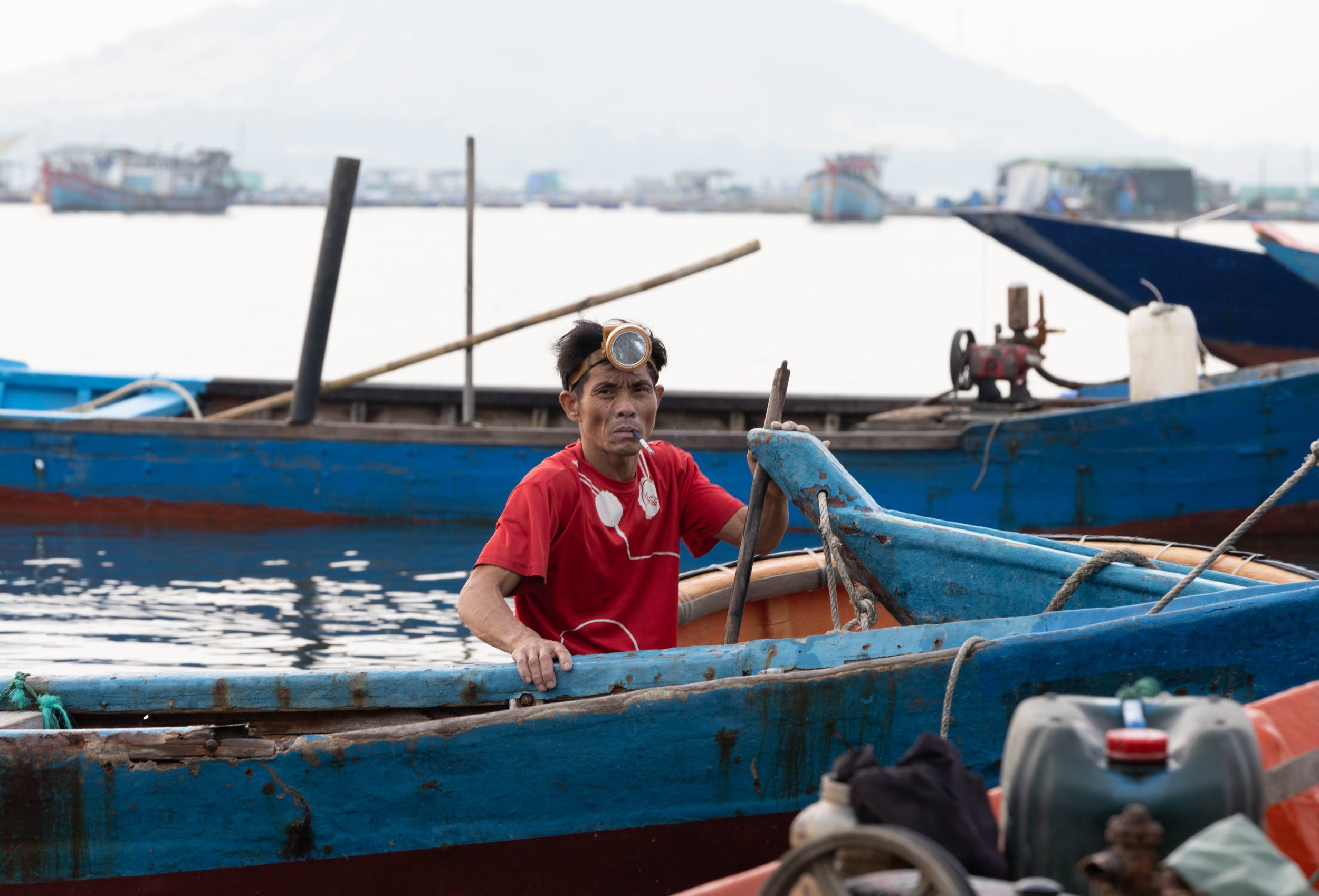

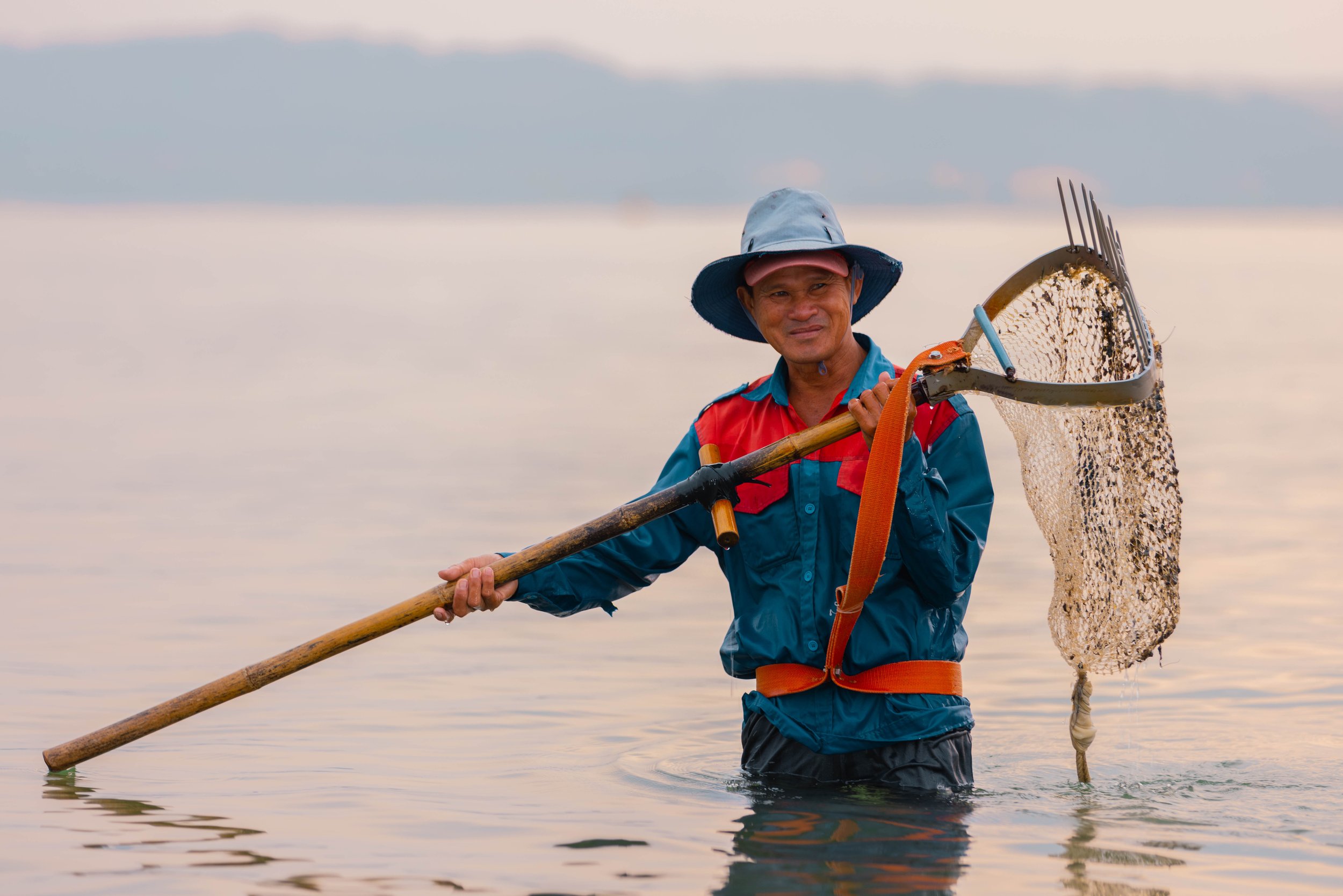



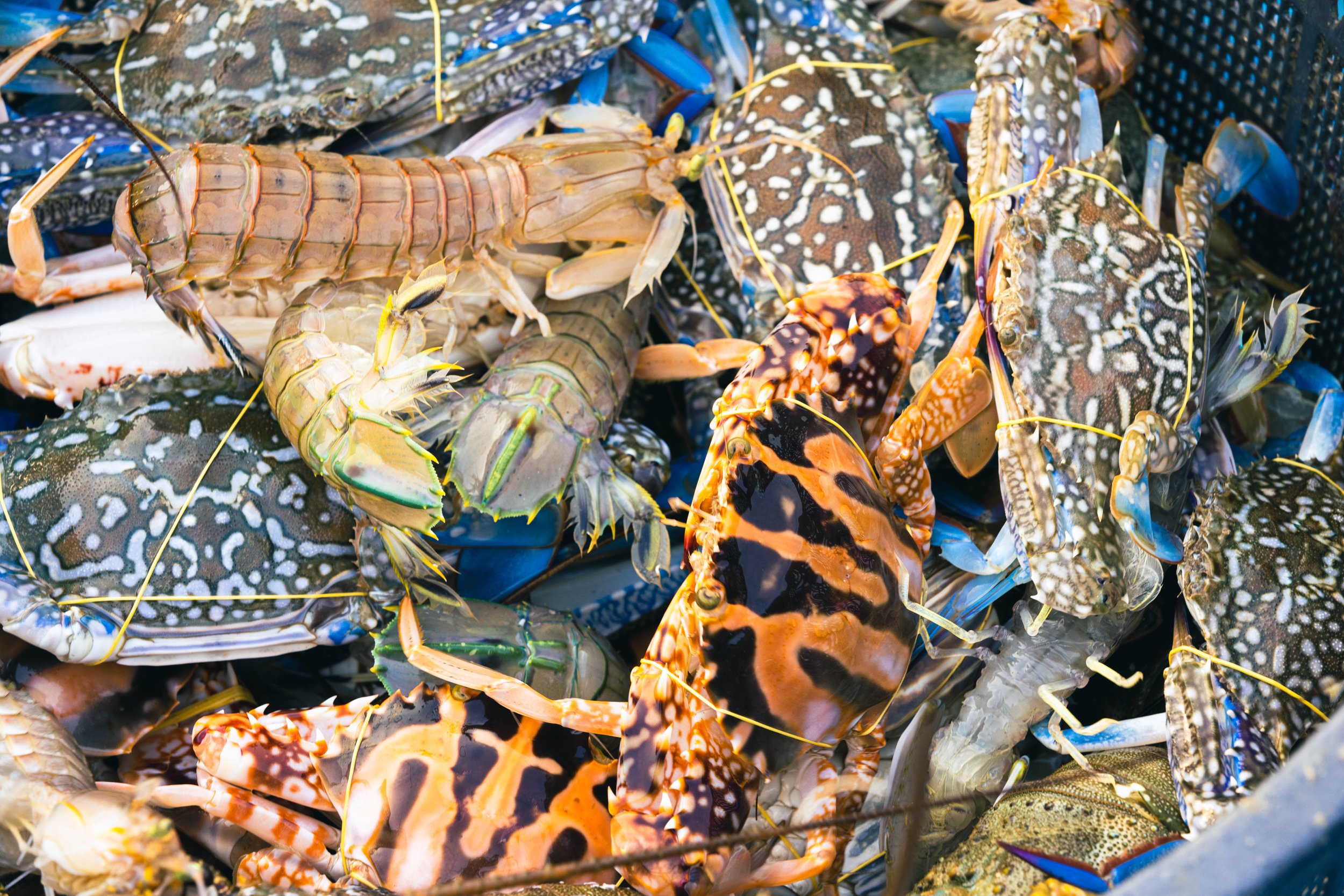

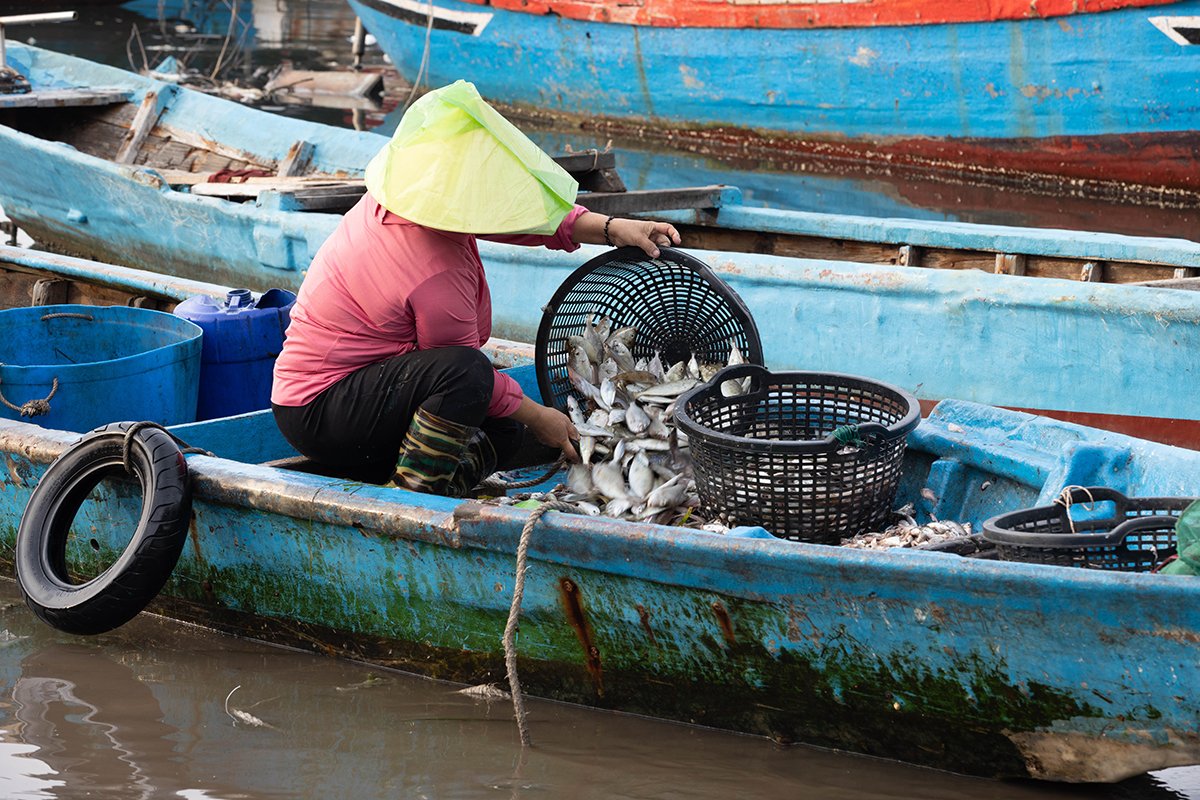
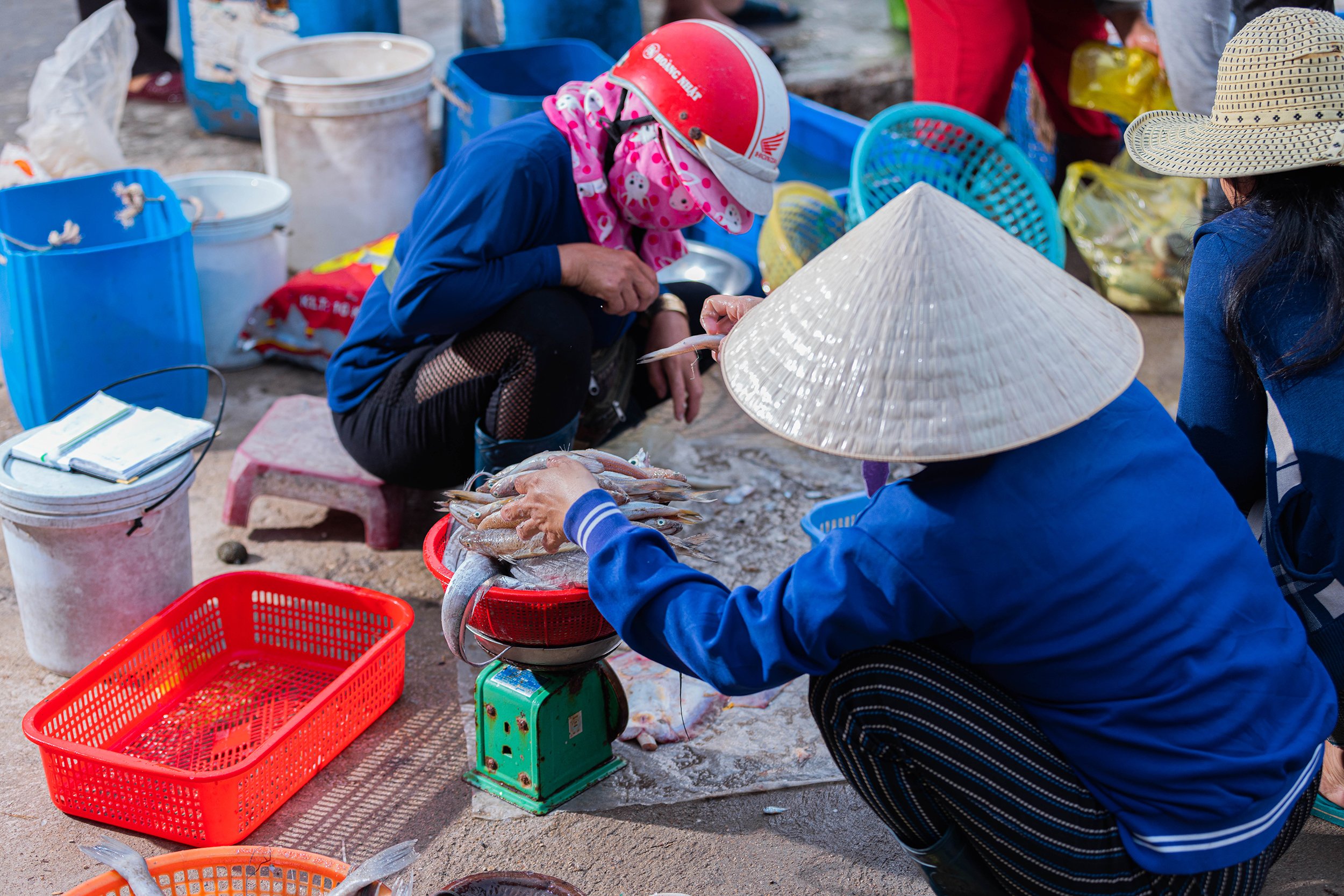

The Oyster Farm.
My grandfather (ông nội) wanted to be a priest. During seminary, he met my grandmother — and God called him to be a husband instead.
To support his growing family of nine, he invested in a gas station as a fail-proof endeavor.
Until the thumping of a helicopter blade over the palm trees sounded change. And my ten year old father saw dead bodies on the beach.
My family are considered "Boat People” of the Vietnam war. Forced to uproot and leave their seaside town of Cam Ranh Bay for survival.
In order to escape, ông nội once again changed his identity — this time posing as a fisherman. Learning the ways of the water as a child no doubt was what kept the family afloat.
The sea has been a source of survival for us. A turbulent route to freedom for some and a source of sustainability for others.
During my last visit to Vietnam, I documented cousin Minh’s oyster farm. A small 8x8 wooden house that sits on the sea.
It was a slow 30 minute motor boat ride.
Tiny shanties popped up everywhere as if propagated from the water. Anxious dogs balanced on beams, barking into the salty air. Some overwater shacks dangled electric wires dangerously close to the water’s edge. Evidence of careless fisherman and a community that had lost hope along the way.
We finally arrived at Minh’s. I learned how to string oyster shells and catch a fish with a simple line. We prepped lunch while sharing stories of the past. The catch of the day was cleaned and put on an electric portable cooktop — plugged into a questionable source. I was taught a proper Vietnamese style of “cheers” and we clanked cans to my dad attempting backflips from faulty planks.
It takes a village to pour into the next generation. And with 12 people crowded in an 8x8, I’ve never felt closer to family.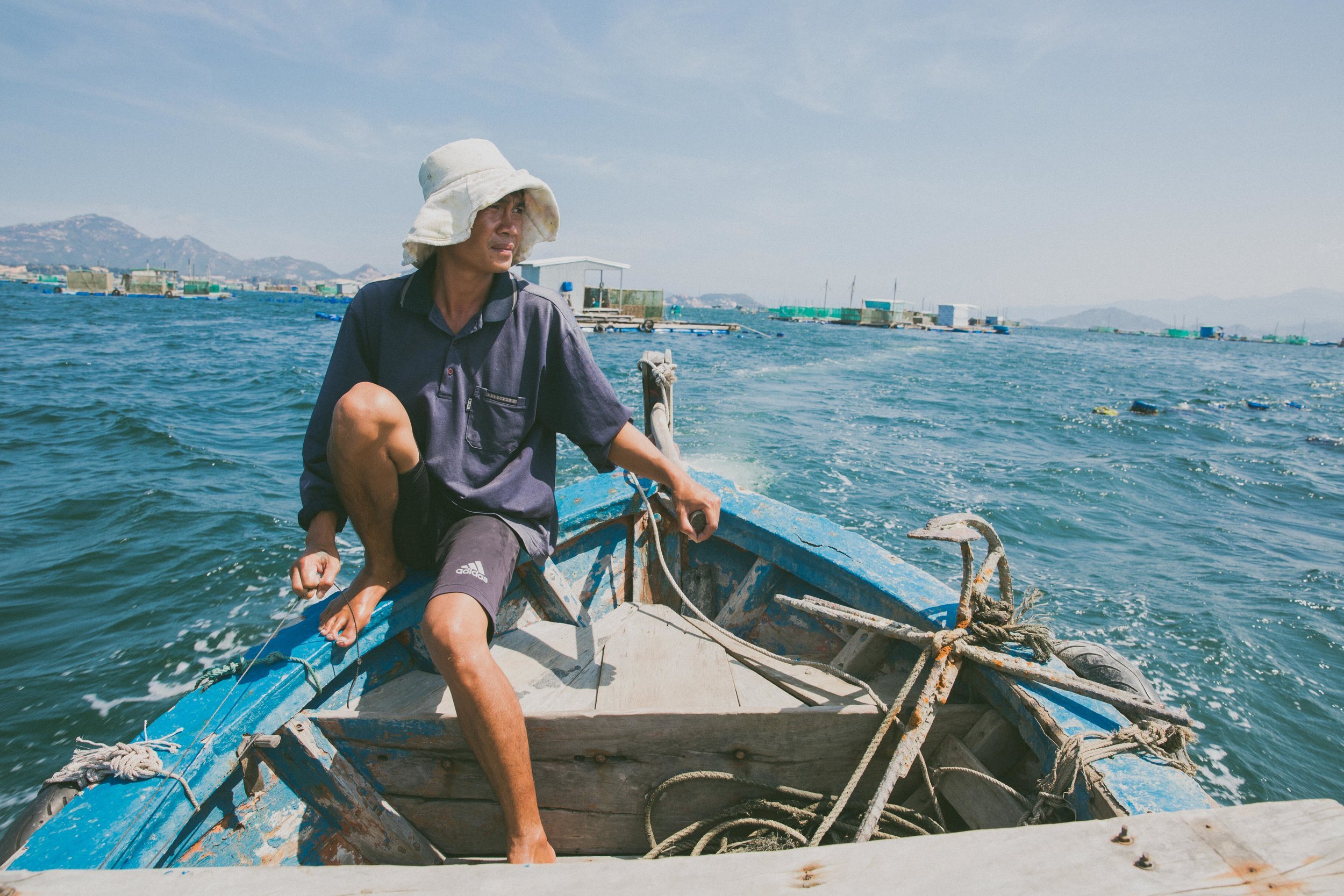

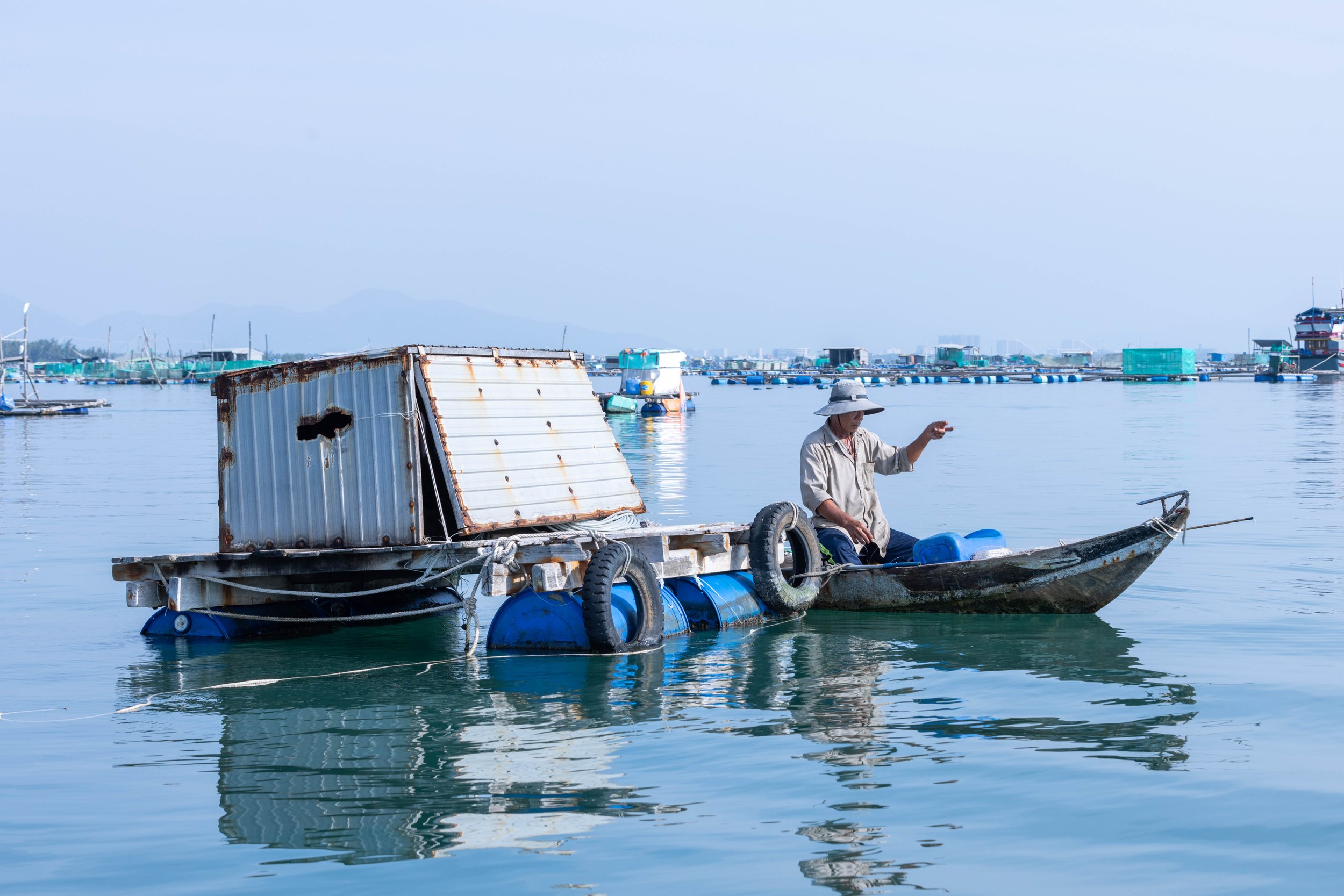

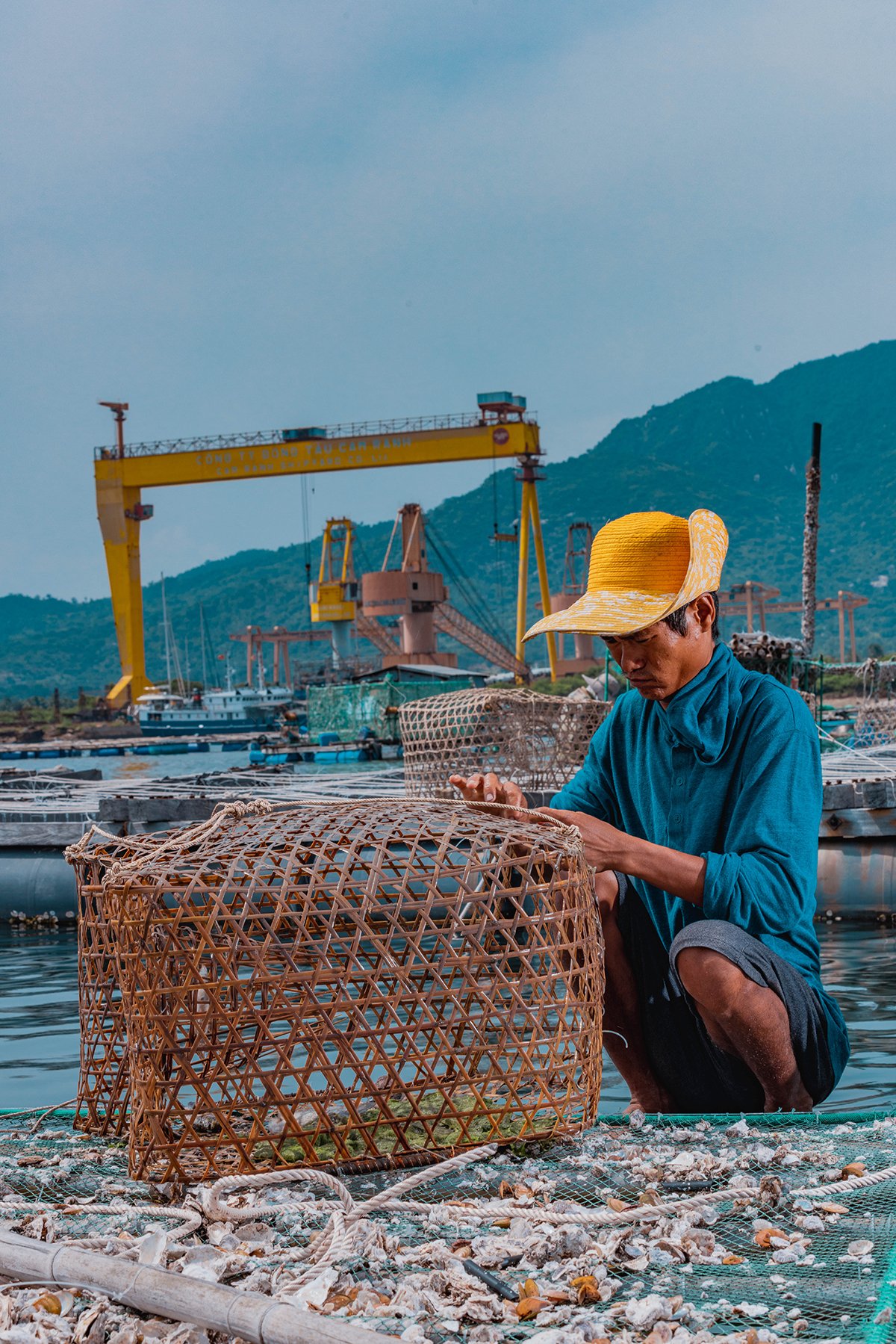




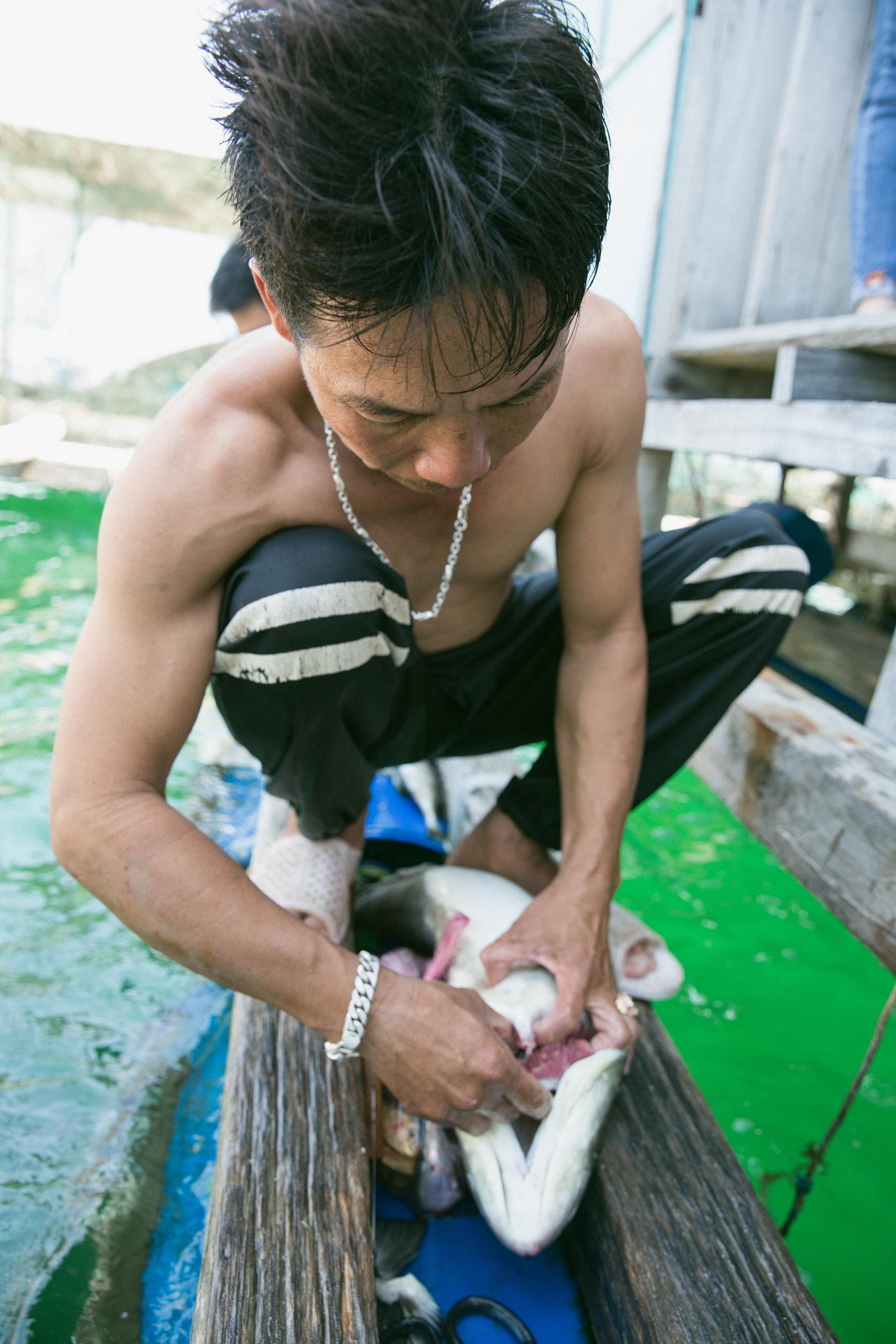

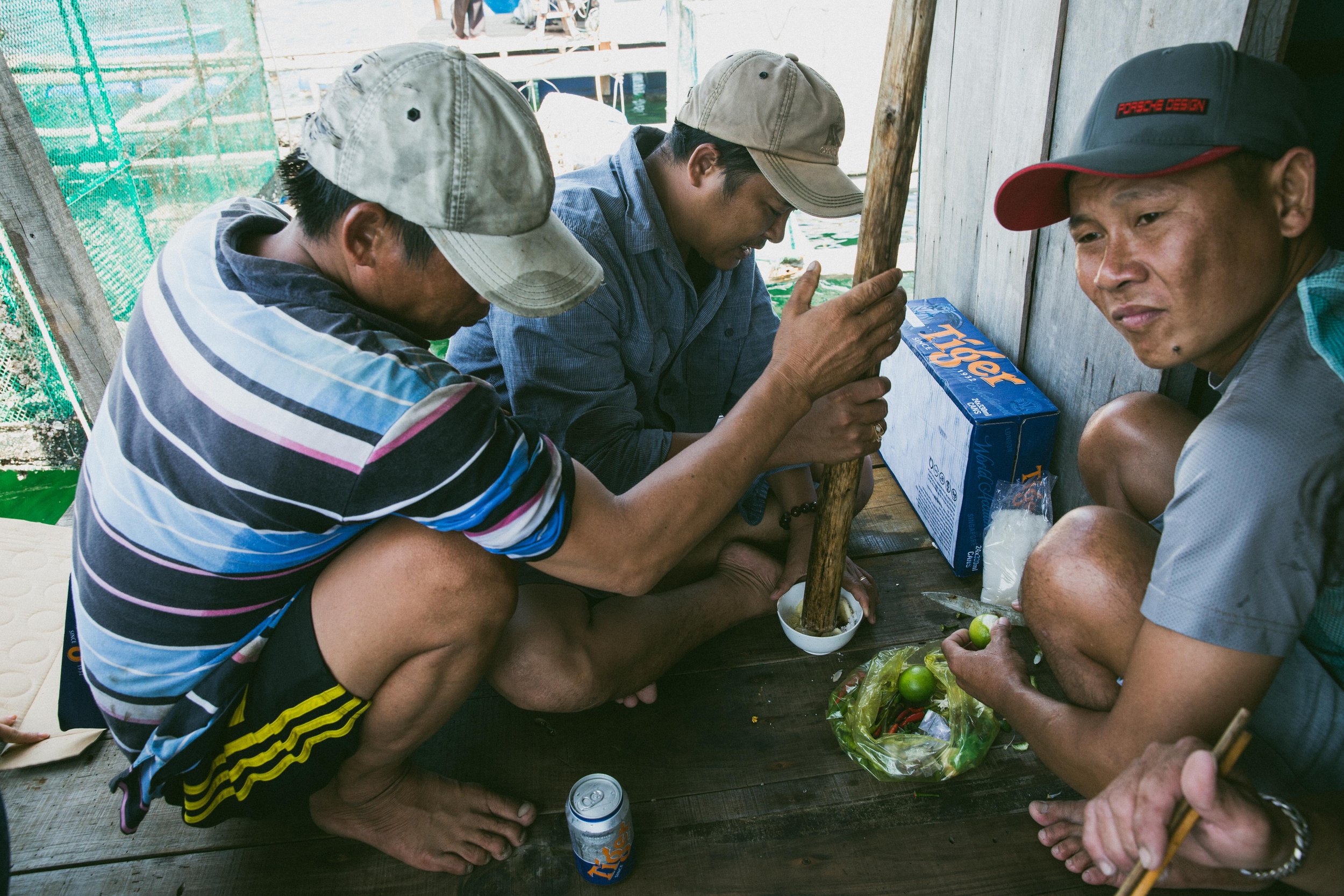
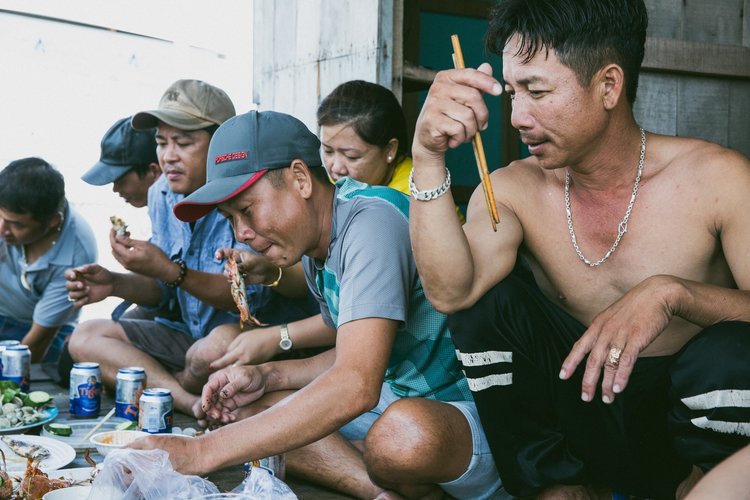
Time for Tae.
Auntie Tae opened the door for my arrival. A warm welcome accompanied by sniff kisses and the scent of citronella. Her light shines brighter than the altar of white Jesus at the foyer. The youngest of my grandmothers sisters, and even at 70 — still spritely.
I’m reminded of her youthful nature every time she zooms away on her moped to avoid the camera. And when she plays hide and seek on a scheduled shoot day, and is normally found at church.
One day I found her alive in the graveyard. Giving flowers to ghosts. Maybe Spirit coaxed her to acquiesce to becoming a subject, because she finally allowed me 5 minutes to take her portrait.
I had fantasized about the visual stories I would show my future kids about her. Instead, I’ll have to tell them about their ancestors in the same way that she told me.
And presence is the best gift.




